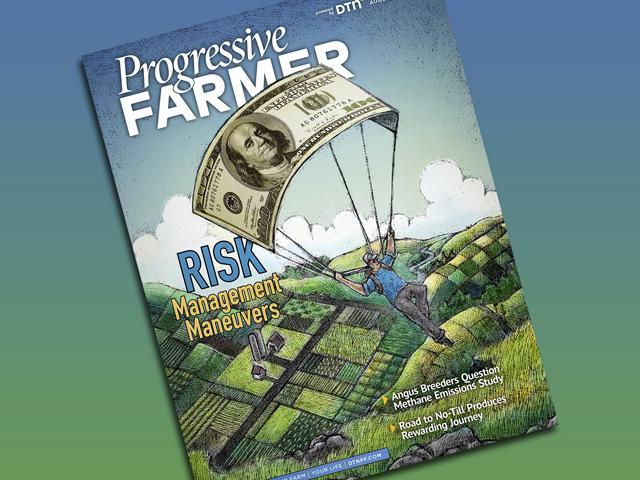Cattle and Solar Leases
Land Leases to Solar Companies Add Income for Graziers
Cattle producers in some areas today may have a unique opportunity to add an income stream tied to alternative energy trends in the U.S.
The trend of solar leasing on farmland showed up in the latest Ag Economy Barometer report from Purdue University as survey respondents discussed land leases and rental rates. Six percent of all producers in the survey said either they, or a landlord, had discussed solar leasing on farmland. Some 4% indicated a solar contract had been signed.
What did the report say about lease rates? "Variability" was the keyword here, but there was some indication the trend was toward rising lease rates. Ranges noted were $500 to $1,000 per acre.
Expect to see continued growth in these type leases. The National Renewable Energy Lab (NREL) reported utility-scale solar arrays may cover as many as 3 million acres in the U.S. by 2030. And while the NREL acknowledged this growth will likely lead to tensions over land use, they also noted livestock and vegetation can be maintained under the panels in a practice called "agrivoltaics."
Solar graziers, the report said, may see more opportunities to lease out livestock, a practice Cornell University said would use 2.5 times fewer labor hours to keep a solar site maintained than mechanical and pesticide management. That data was developed with the use of sheep as grazers, and noted goats were likely not appropriate for solar grazing because of their tendency to climb on panels and damage the site. It is believed, however, that cattle would work in such a system with some modifications.
Maple Ridge Meats is the first reported operation to combine the two. Based in Vermont, the operation's Greg Hathaway reported they raise 250 head over about 650 acres, process beef at their onsite commercial slaughterhouse and sell product in the New England area. A solar array was installed over 5 acres of land held in a Vermont Land Trust easement, and the farm receives a monthly rental fee from the solar developer group.
P[L1] D[0x0] M[300x250] OOP[F] ADUNIT[] T[]
University of Vermont grazing specialist Kimberly Hagen told the Energy News Network in 2019 that she is frequently asked about the compatibility of solar installations and livestock.
"I've had three solar owners interested in having sheep graze among their panels, but the bottleneck has been there aren't that many shepherds around with a flock of sheep they are willing to truck around," she said in a 2019 article.
As this income stream continues to grow, landowners need to come to the discussion with an understanding of solar leases. The National Agricultural Law Center, based at the University of Arkansas in Fayetteville, published a "Farmland Owner's Guide to Solar Leasing," written by Ohio State University Extension's Peggy Hall, Evin Bachelor and Eric Romich.
While the guide was written specific to Ohio, the information is relevant across the U.S. It is always recommended, however, that landowners work with an in-state attorney, as legal issues can be state-specific.
KEY POINTS TO CONSIDER
1. What's your land's solar potential? This is based on the global horizontal irradiance (GHI) metric, proximity to a transmission infrastructure and physical property qualities, including level ground, good drainage, minimal zoning issues and no shading obstructions.
2. Will a solar array damage the land? A solar energy development will turn your property into a construction zone for some time, disturbing the soil, damaging field tile and creating noise. Heavy equipment will be coming across your land.
3. What happens to the land once the development is complete? Maintenance of these solar projects should be expected, and with that will come the need for ongoing access to your property.
4. Are there special concerns if I plan to run cattle under the panels? Given the size of cattle, it was determined when a solar array was built at Vermont's Maple Ridge Meats, that support poles needed to be stronger and put deeper in the ground. Panels were raised a minimum of 3 feet to allow clearance for the animals. Smaller ruminants like sheep did not require these adaptations.
Editor's Note: The "Farmland Owner's Guide to Solar Leasing" can be found at https://nationalaglawcenter.org/….
Victoria Myers can be reached at vicki.myers@dtn.com
Follow her on Twitter @myersPF
(c) Copyright 2021 DTN, LLC. All rights reserved.






